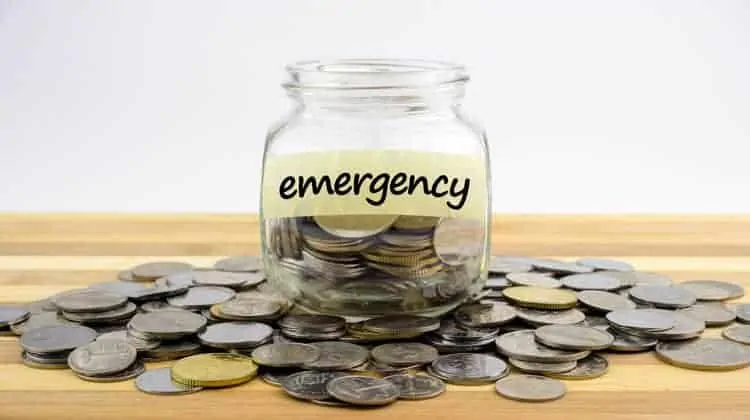Building an emergency fund doesn’t have to be a daunting task. Take your time, don’t get discouraged, and keep working towards your goal.
Ideally, your emergency fund should cover at least three to six months’ worth of essential expenses. This will enable you to pay off debts and manage long-term issues that may arise unexpectedly, like car repairs or mortgage payments.
Set a Goal
Maintaining an emergency fund is critical for financial security, helping you avoid debt that often comes with unexpected costs. Without one, you might feel tempted to use your credit card, dip into retirement accounts or ask a friend for money in times of hardship – all of which could result in higher interest rates and even debt that’s harder to repay.
Establish an emergency fund goal from the start, rather than leaving it untouched. Ideally, your emergency fund should cover three to six months’ worth of expenses or several times your regular income if you have a job.
Start with a low goal and gradually increase it over time. Doing this will provide extra motivation to stick to your savings plan and help it become an established habit. Additionally, consider ways you can make extra money each month through overtime work, driving for a rideshare company or taking on freelance tasks.
Create a Savings Plan
An emergency fund can help you sleep better at night and prevent debt accumulation when life throws you a curveball. It could cover lost income, an unexpected medical bill or car repair.
Ideally, you should have three to six months’ worth of basic living expenses saved up. These funds can cover rent, utilities, groceries, childcare expenses, transportation costs and other monthly bills.
Building an emergency fund requires saving money regularly and consistently. Setting small goals for yourself and sticking to them makes progress much easier.
Start by determining which expenses are essential and those which can be reduced or eliminated altogether. This could include purchasing a less costly car, downgrading your cell phone service or forgoing that two-week vacation. Furthermore, taking on extra hours at work, selling items you no longer require and finding ways to bring in more cash can all help with budgeting.
Automate Your Savings
Automating your savings can be a great way to start building an emergency fund from scratch. By setting up an automated plan that deposits money into a savings account each time you get paid, you don’t have to do anything more than make the initial transfer – creating an emergency fund without ever having to touch it!
One of the primary obstacles people face when it comes to saving is making consistent contributions. It’s easy to get into a habit of only setting money aside when there is extra money leftover from living expenses and discretionary spending.
Once your automated savings plan is in place, it becomes much simpler to save regularly and build upon your savings over time.
Automation can simplify decision-making, helping reduce “decision fatigue.” This occurs when we feel overwhelmed with choices to make — especially when it’s time to take action on a goal. Furthermore, automation removes the temptation of overspending your hard-earned funds.
Don’t Spend Your Emergency Fund
An emergency fund is a financial safety net to cover unexpected expenses that may be difficult to budget for. Experts suggest having enough money saved up for three to six months’ worth of living costs in case something goes awry.
Establishing an emergency fund also helps you avoid relying solely on credit cards for large purchases that could become expensive quickly.
Instead, save a small portion of your paycheck each week or month and gradually build it up to an impressive level. Your emergency fund should be in an account you can access quickly without paying a high interest rate, like a savings or money market account.
Once your emergency fund has enough to cover major expenses, keep adding to it until it can provide enough help during a long-term financial emergency. Don’t stop saving after reaching your emergency fund goal; continue investing the remaining funds for greater returns on your money.







